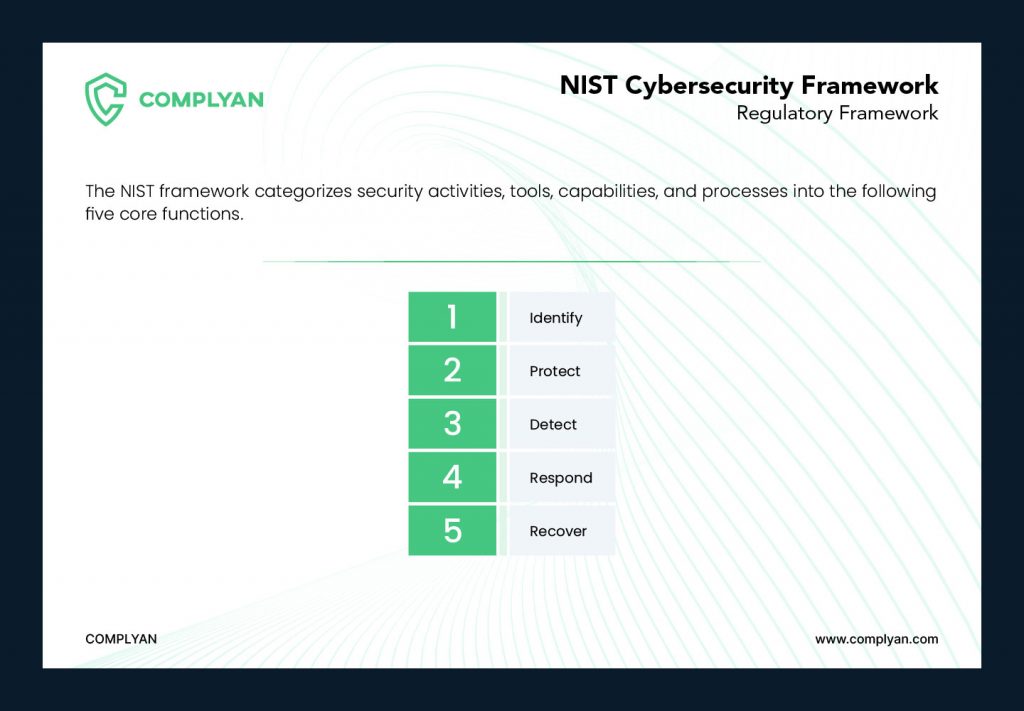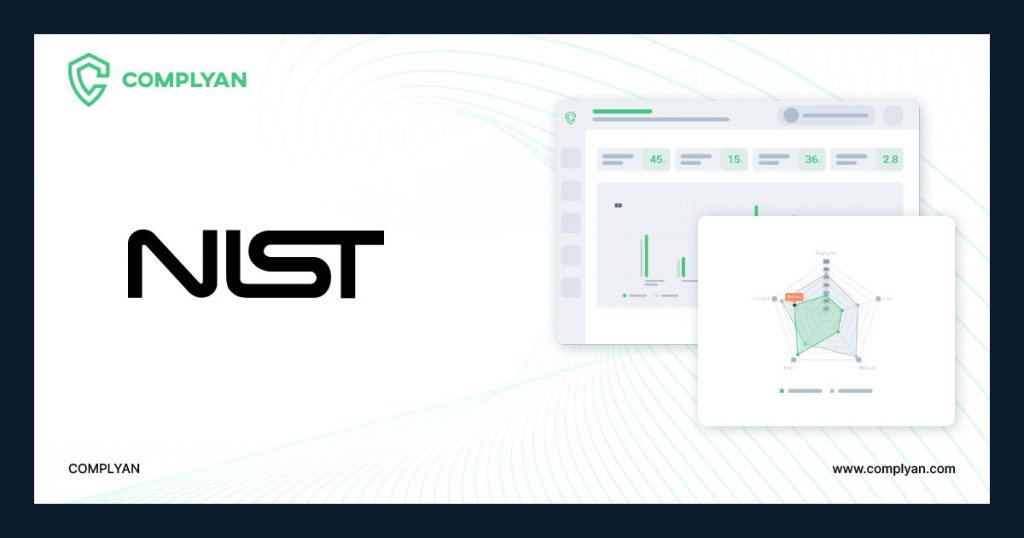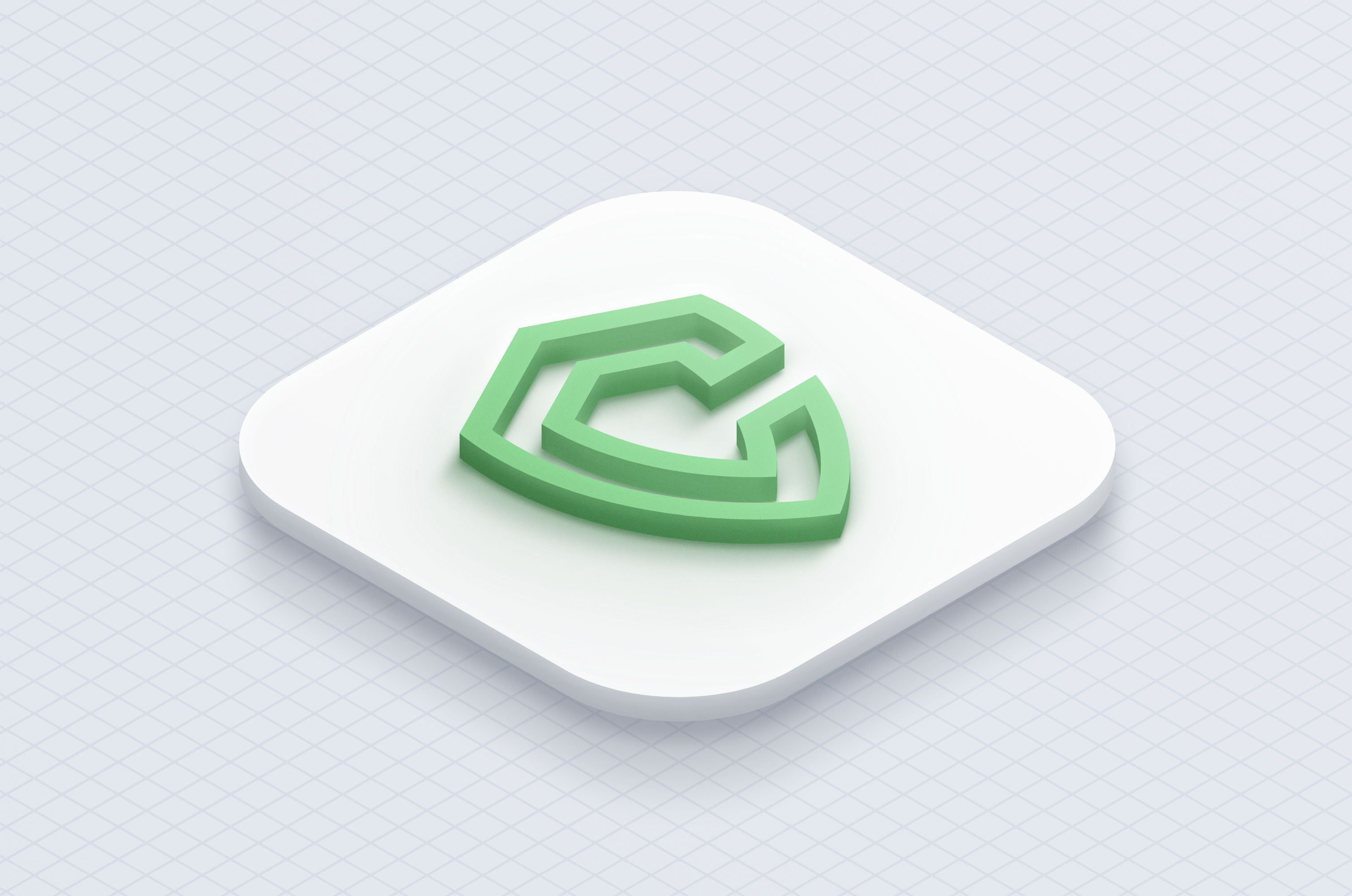Streamlining NIST CSF Compliance With Complyan

As the world becomes increasingly digital and interconnected, the risks and consequences of cyberattacks have never been higher. From small businesses to large corporations and even government agencies, no organization is immune to the threat of cybercrime. As a result, cybersecurity frameworks have emerged as a crucial tool for organizations to protect themselves against these threats, with the National Institute of Standards and Technology Cybersecurity Framework (NIST CSF) being one of the most widely recognized and adopted frameworks today. Developed by NIST, this framework provides guidelines and best practices for organizations to improve their cybersecurity posture and protect against cyber threats.
In this blog, we’ll explore the NIST CSF in depth and discuss how Complyan can help organizations achieve and maintain compliance with this critical framework. So buckle up, and let’s dive into the world of the NIST cybersecurity framework.
Understanding NIST CSF

Here’s a closer look at each of the five functions:
- Identify: This function entails knowing the resources, systems, information, and capabilities that an organization depends on, as well as the risks that it faces. It includes categories such as asset management, business environment, governance, risk assessment, and risk management strategy.
- Protect: The “protect” function of NIST CSF addresses the implementation of safeguards to ensure the delivery of critical infrastructure services. It includes categories such as access control, awareness and training, data security, information protection processes and procedures, and maintenance.
- Detect: This function involves developing and implementing activities to identify cybersecurity events. It includes categories such as anomalies and events, security continuous monitoring, detection processes, and procedures.
- Respond: In the event of a cybersecurity incident, this function involves creating and putting into practice response strategies. It addresses areas of cybersecurity such as response planning, communications, analysis, mitigation, and improvements.
- Recover: Restoring normal operations following a cybersecurity incident is as important as any other cybersecurity aspect. The “recover” function of the NIST CSF addresses recovery planning, improvements, and communications.
NIST Implementation Tiers
The NIST CSF Implementation Tiers are critical to implementing the NIST CSF framework in an organization. The tiers are designed to help organizations understand and assess their current cybersecurity posture and determine where they need to be in terms of cybersecurity maturity. There are four implementation tiers in the NIST CSF:
Tier 1: Partial – Organizations at this tier have an ad hoc approach to cybersecurity and have not fully implemented the NIST CSF. The cybersecurity risk management process is not formalized, and stakeholders lack awareness about cybersecurity risks and their impact.
Tier 2: Risk-Informed – Organizations at this tier have implemented some of the NIST CSF cybersecurity practices but do not have a comprehensive approach to cybersecurity risk management. There is a formalized risk management process, and stakeholders are beginning to understand the importance of cybersecurity risks.
Tier 3: Repeatable – Organizations at this tier have established a comprehensive and formalized approach to cybersecurity risk management. The NIST CSF practices are fully implemented, and the organization’s cybersecurity posture is monitored and assessed.
Tier 4: Adaptive – Organizations at this tier have an agile and flexible approach to cybersecurity risk management. They have a comprehensive and formalized approach to risk management and can quickly adapt to changes in the cybersecurity landscape.
It’s important to note that the implementation tiers do not measure the effectiveness of an organization’s cybersecurity posture. Instead, they are designed to help organizations understand where they are regarding cybersecurity maturity and what steps they need to take to improve their cybersecurity posture. By identifying their implementation tier, organizations can prioritize their cybersecurity investments and take a risk-based approach to cybersecurity.
How to Use Complyan for NIST CSF Compliance

Implementing the NIST CSF framework using Complyan is a straightforward process that can help organizations achieve compliance with the framework’s guidelines. Here’s a step-by-step guide to using Complyan for NIST CSF compliance:
- Identify your organization’s assets: Start by identifying all the assets that need to be protected within your organization. This includes hardware, software, data, and personnel.
- Categorize your assets: Once you have identified your assets, you need to categorize them based on their importance and sensitivity. This will help you determine the appropriate security controls for each asset.
- Conduct a risk assessment: With your assets categorized, you can conduct a comprehensive risk assessment to identify potential vulnerabilities and threats. Complyan can help you conduct a thorough risk assessment that aligns with NIST CSF requirements.
- Develop a risk management plan: Using the results of your risk assessment, develop a plan outlining how to mitigate the identified risks.
- Implement security controls: With your risk management plan, implement the necessary security controls to mitigate the identified risks. Complyan can help you with this by providing access to various controls, including access controls, data encryption, and vulnerability management.
- Monitor your systems: Continuous monitoring is essential to maintaining NIST CSF compliance. Complyan can help you monitor your systems and detect potential security incidents, enabling you to respond promptly to security threats.
- Update your plan: Finally, review and update your risk management plan regularly to ensure that it remains effective and relevant to the evolving security landscape.
Benefits of Complyan for NIST CSF Compliance
Complyan is a compliance management platform that can help organizations achieve and maintain compliance with various regulatory frameworks, including the NIST CSF. Complyan offers features that align with NIST CSF requirements, such as risk assessment, continuous monitoring, data security, and information security evaluation and management.
Let’s take a closer look at how Complyan can help with each of the five functions of the NIST CSF:
- Identify: Complyan’s risk assessment and management tools can help organizations identify their assets, risks, and potential threats. The platform offers automated policy management, allowing organizations to create and manage policies that align with NIST CSF standards.
- Protect: Complyan provides features to help organizations protect their systems and data from unauthorized access or cyber threats. These features include security controls, access controls, and data security tools that help organizations safeguard their sensitive data.
- Detect: Complyan’s continuous monitoring and threat detection tools allow organizations to detect potential threats and vulnerabilities in real time. The platform comprehensively monitors network activity, application performance, and system configuration and events, providing organizations with valuable insights into their security posture.
- Respond: Complyan’s incident management and response tools enable organizations to respond quickly and effectively to cyber incidents. The platform offers task management and reporting features that allow organizations to manage incidents and track their progress.
- Recover: Complyan’s backup and recovery tools help organizations recover from cyber incidents quickly and efficiently. The platform offers data recovery and restoration services, ensuring organizations can resume normal operations as soon as possible.





 Governance and Policy Management
Governance and Policy Management